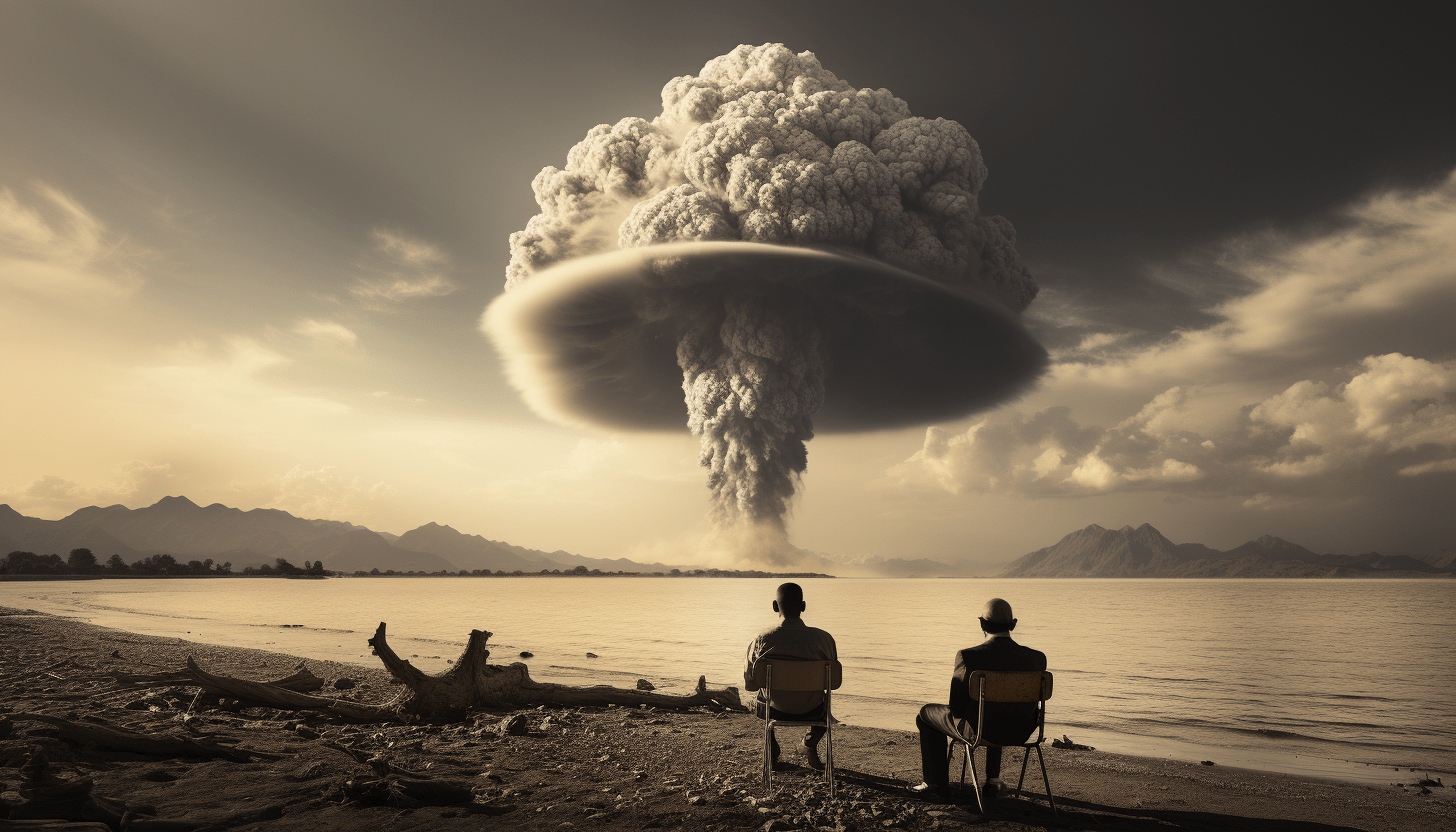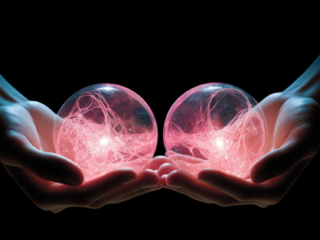Barbenheimer. You’ve probably heard of it, probably even watched both of them. These would be Barbie and Oppenheimer, two major blockbuster movies that came out on the 21st of July 2023. Oppenheimer was first announced, following Nolan’s departure from Warner Bros and signing with Universal, specifically with the condition to release the film on the 21st. Soon after, Barbie (By Warner Bros), announced that it will be releasing on the 21st as well. The fact that they both came out on the same day skyrocketed both of their opening weekend sales because they were meshed together by the internet in a whirlwind of memes, blog posts and more memes.

Not the first rodeo
This phenomenon of double releases has happened multiple times before in cinema and other platforms like video games. It has been dubbed in the Cambridge dictionary as – Counterprogramming, when two completely different things are available at the same time, to attract an audience. Some notable instances of counterprogramming include:
- Mamma Mia! And the Dark Knight on 18 July 2008
- Animal Crossing: New Horizons and DOOM Eternal on 20 March 2020
- Warm Bodies and the SuperBowl XLVII on 1st February 2013
Barbenheimer was one of the larger-scale cases of this phenomenon, during the social media age (although “gimme gimme gimme a Dark Knight after midnight” should’ve been a thing in my opinion). This can mean more deliberate attempts at counterprogramming down the line, following this massive success.

Barbie’s aggressive approach
To get to their 162 million dollar opening weekend, they used a lot of unusual methods of marketing to target audiences, and not just their intended audience. A lot of it came through collaborations. Some include:
- Fashion brands like Forever 21, Zara, H&M, Aldo, Crocs etc.
- Other collaborations like:
- AirBnb for a recreation of the Malibu DreamHouse
- Bumble for dating tips from Barbie and Ken
- Ruggable for Pink machine-washable rugs
- And god knows what other collaborations happened.
In their teaser trailer i.e the parody of Stanley Kubrick’s 2001, Space Odyssey, Barbie showed the world that the movie is not going to be a pink filled nostalgia cash grab. In a later trailer, they even mentioned the slogan “If you hate Barbie, this movie is for you”, implying that they wanted everyone to come and watch it.
The movie also generated a lot of hype on social media. They had AI filters to turn people into Barbie characters on TikTok. There were also countless memes and posts from users, especially from TikTok. According to Comscore, Barbie’s video views on Tiktok were around 243.1 million, compared to the 92.4 million of Avatar 2: The Way of the Water, one of the most anticipated releases of last year (This included content mentioning “Barbie movie”, “barbiemovie” or “Barbie the movie” or “Barbiethemovie” or “Barbie Pelicula”)
Barbie wanted everyone to be pulled into Barbieland, even those who don’t want to.

Silence speaks
Contrasting with Barbie’s colourful immersion, Oppenheimer was much more enigmatic in its approach. It certainly is tougher marketing the father of the nuclear bomb as a movie than the childhood dolls made by Mattel, and Oppenheimer’s trailers and teasers were limited in material, piquing curiosity rather than awe.
However, Oppenheimer has an advantage that few movies ever can use, which is their director, Christopher Nolan. You know, that guy who made blockbuster movies like Interstellar, Inception, The Dark Knight trilogy, Dunkirk, The Prestige and 50 other godly movies. When you have a director with such a reputation and track record, everyone is practically going to want to know what’s going on.
The movie’s Twitter feed (Or is it X?) in fact, mainly is composed of shots and teasers of the movie and its star studded cast with some reviews by magazines like People. In addition, there was an online countdown to the 78th anniversary to the first nuclear explosion. Much more lowkey and reliant on the cast than flashy tik tok filters, collaborations and much more akin to the traditional style of marketing a movie.

Fusion and Fission
Normally, two movies coming out on the same day happens to create a rivalry at the box office: the larger movie appealing to a wider audience, whilst the smaller movie would appeal to the underrepresented group that would not normally go to the larger movie.
However, in this instance, it endorsed more of a double feature i.e people watching them both. With the internet going mad on this with more memes, merchandise and user-generated content that most movies can hope to dream of. According to Wikipedia, Vue International stated that 20% of people who bought tickets to Oppenheimer also bought a ticket for Barbie.
This was further fuelled by the fact that some of the casts of both movies actively encouraged to watch both movies, with other actors like Tom Cruise jumping on the trend as well.

It works because they appeal to such different audiences and yet they both played off it. They both inadvertently played into the joke and social media further fuelled it with what social media does best. Both movies knew what their audiences wanted and in return, gave them engagement and revenue that exceeded expectations.
Multiple instances of counterprogramming happened before this, yet this one was the most prominent despite Oppenheimer having an enigmatic approach and the cinema yet recovering from the pandemic and with the problem that are Marvel movies.

What we can learn from Barbenheimer
This instance of movie greatness (yes, I have watched both and they are amazing) can be applied to businesses, obviously in different levels and depending on the size of the business, in the form of collaboration and memes.
Some events happen outside of your company that you have zero control over and still affect your brand. For better or for worse, reacting to these unexpected events quickly and creatively can foster engagement and give you an opportunity that normally few companies have the privilege of benefitting from. Outright ignoring the conversation around the brand can lose golden opportunities or even damage the reputation of the brand itself.
Memes on the other hand can be a way to create a lot of engagement with a company for low costs and yet show a human side to the company. It can help to build hype, build relations with people who interact with the post and make people feel like they’re “in on the joke”. When done right, they can be a method of achieving business objectives like no other.
Barbenheimer is not just a coincidence that happened to generate extra revenue. It is a case study that shows that through quick reactions with some creativity, you can help get increased awareness and engagement with your brand.

Meet the author
For the past three months, Ranson’s been interning at Switch and working on all kinds of projects. From campaign shoots to merchandising to manning activations and writing blogs, there’s nothing Ranson won’t do, with a smile and with the same boundless enthusiasm that propels him through gruelling gym sessions. A University of Malta graduate in accounting and marketing, he’s now looking to start a Masters and has about ten thousand ideas for a thesis hashed out in between gaming sessions.




